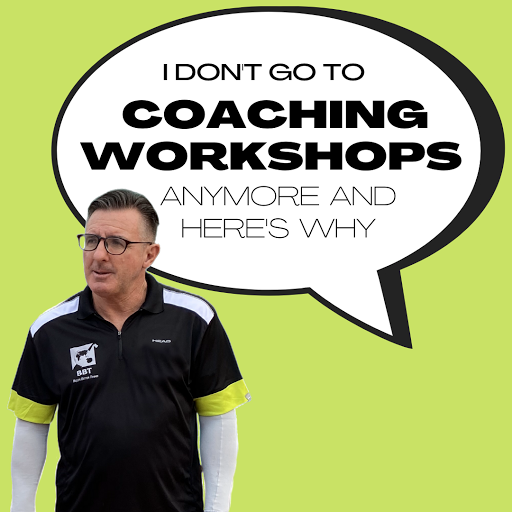ATTENTION COACHES! YOU CAN'T STAY IN THE MOMENT!

You can't worry too much about the present... because yesterday took care of that already. 'Stay in the moment', y ou hear it all the time whenever someone is trying to tell you why you're not succeeding at something . While it might be excellent advice for someone facing immediate danger, it's lousy advice for tennis coaches to develop future champions. I can honestly say that I have spent my whole coaching career living in the future, days, weeks, and sometimes months ahead. Here's why... 1. DURING PRACTICES Tennis Coaches should be constantly projecting themselves mentally into the future, that's why aspiring tennis champions are coming to us! What all young players are wanting from us is a road map showing them how to reach their tennis dreams, which can include how to win tournaments, be the best they can be, and how to continually improve their game. As coaches, we need to help them by designing a pathway for them to reach those goals by setti...



